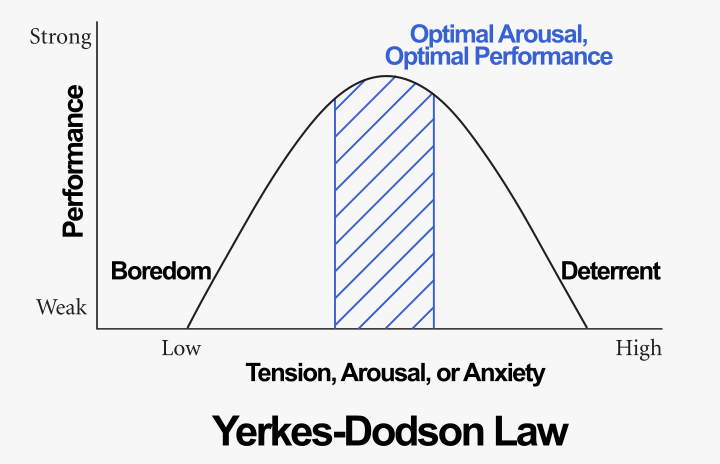Stress is a normal part of life. On the whole, there’re two major forms of negative stress (“distress”): the stress concerned with loss (divorce, death of a loved one, failure) and the stress involved with threats to your sense of self, status, wellbeing, or security.
The actual physical symptoms—including faster heartbeat, elevated blood pressure, quickened breathing, upset stomach, muscle tension, chest pain, and increased perspiration—may be identical, regardless of the external stress factor. However, stress does manifest itself differently with everyone. If untreated, stress also brings on or worsens more than a few other symptoms or diseases.
Stress doesn’t just get better on its own. Here’re four things to do to gain control of your life’s stress before it can start controlling you.
- Proactively reduce stress-causing events. Reduce exposure to people, situations, and triggers that initiate unjustifiable stress. Create rituals that can help you cope. Learn to confront those situations in manageable amounts—schedule your day, simplify your schedule, get more organized, and learn to say no to added commitments. Cut back on your obligations.
- Improve your resiliency. Maintain good health and stamina. Eat a healthy diet, get adequate sleep, and exercise regularly. Take regular breaks and schedule vacations where you can totally disconnect. Sometimes, just being idle—even wasting time—can help you not only feel good but also recharge your mind and body.
- Manage your reaction to stressful events. Learn how to relax, such as deep-breathing techniques, progressive muscle relaxation, meditation, and massage. Schedule time for calming exercises such as yoga, tai chi, and music or art therapy. Engage in a relaxing hobby or offer to volunteer in your community.
- Reach out. Stress feeds on feelings and fears that we keep to ourselves. Stress causes you to lose objectivity about your situation. Often just talking to a trusted friend or relative—even a counselor—could help you look at things from a distance and work out coping mechanisms.
Idea for Impact: Integrate daily stress prevention.
You may not control all your stressors, but you can control how you react to those stressors. If your current stress management efforts aren’t effective enough, try something new.
.jpg)
 When events have a downer-depressive effect, they can leave you
When events have a downer-depressive effect, they can leave you  Many people claim that they
Many people claim that they 